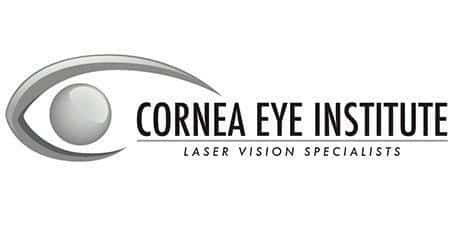

Beverly Hills, California patients can put their trust in Dr. Gaster when they need laser corneal transplants. At the Cornea Eye Institute, Dr. Gaster uses the latest techniques in order to provide the best results.
A corneal transplant is a surgical operation used to replace part of the cornea with corneal tissue from a donor. The cornea is the transparent, dome-shaped surface of the front of the eye. The cornea focuses light onto the back of the eye, the retina, very similar to how a camera’s lens focuses light onto the film. The cornea is and must stay clear and regular in order for a person to see. It accounts for a large part of the eye’s focusing ability. This surgery is used to replace a damaged or diseased cornea in order to restore a person’s sight using laser technology to make the incisions.
Corneas used in the surgery are obtained from eye banks. The donor tissue is thoroughly inspected for viability and safety.
Transplants can be performed to restore vision by replacing scarred, diseased, or physically malformed corneal tissue with clear, healthy corneal tissue. Frequently, these symptoms are caused by conditions such as keratoconus, trauma, or infections. The physician can also suggest transplants to improve the look of corneal scars.
This will vary from person to person and be based on the surgical technique used to execute the procedure and the achievable pre-operative vision. The new femtosecond laser technique, offers most patients limited function vision, without contacts or glasses, within roughly two to three weeks. After about six to seven months, when some or all of the sutures have been taken out, most patients have around 20/40 or better vision when using glasses or contacts. Most of the time, laser vision correction can be performed after the corneal transplantation surgery to correct any lingering astigmatism or nearsightedness. The timing of this will be based on the stability of the cornea.
This will also vary from person to person. In general, it is safe to go back to normal non-contact physical activities, such as exercise classes or golfing, after roughly a month.
To learn more about Transplants with a Laser (I.E.K.), please click HERE.
To learn more about Lamellar Procedures, please click HERE.